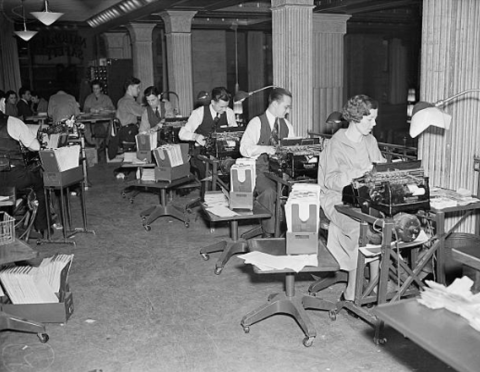The rates regulators set for transporting natural gas on interstate pipelines are all-important. They determine how much it costs to get gas from A to B, whether new capacity can be funded, and serve as the bedrock of regional gas price relationships around the nation’s pipeline grid. But the process for establishing those rates can seem opaque and is often misunderstood — it’s one of those things you need to be directly involved in to fully grasp. Well, RBN’s Advisory Practice lives and breathes gas pipeline rate cases month in, month out, and we thought it would be interesting — and kind of fun — to take you behind the curtain and explain how rate cases at the Federal Energy Regulatory Commission (FERC) really play out.
Don’t worry, this won’t be a deep dive on how to become a rate analyst. Instead, it will be a straightforward explanation of how all the parties in a gas pipeline rate case — the pipeline owner, consumer representatives, FERC staff, the commission itself and others — find their way to a quick and fair resolution of the issues at hand. Maybe we’ve been doing this too long, but we can argue there’s a certain beauty to it.
From the outside, you might think that a FERC rate-setting procedure is as cut-and-dried as a three-day-old Christmas turkey, a process in which the pipeline owner files reams of financial data, a plethora of FERC accountants audit the filing and crunch the numbers, and the commissioners vote to approve rates based on that auditing and number-crunching. (The photo below illustrates this view of how things must happen.)
The Widely Held View of How FERC Natural Gas Pipeline Ratemaking Happens.
Join Backstage Pass to Read Full Article









